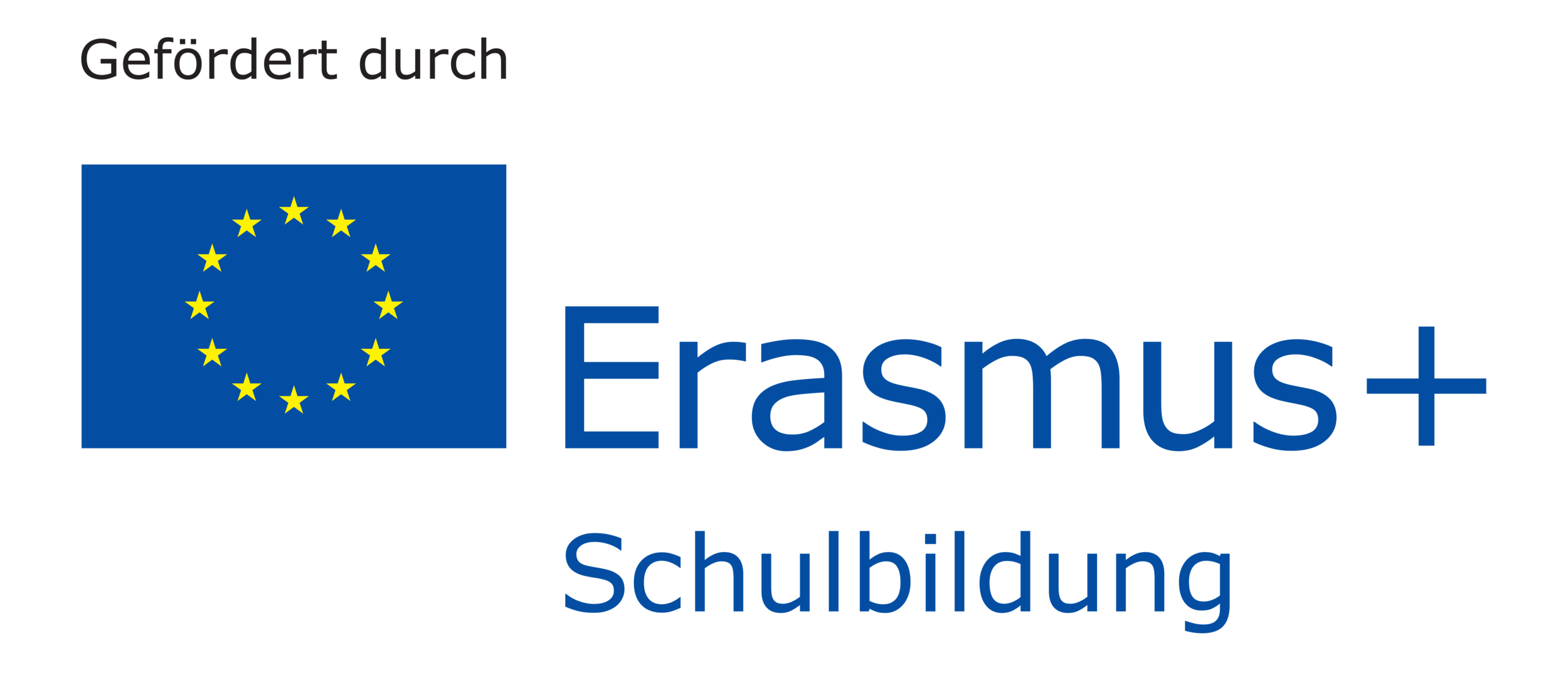Children As an Inclusive Group
Following the philosophy of inclusion and having a diversity sensitive attitude in the classroom is pretty simple for children, given the right environment. The group will experience that children with disabilities are treated differently in some areas of the daily routine, and that they may behave differently. This will change their own perception. The other children may then re-engage with their own physicality, perhaps by tasting, trying out different playing positions, or exploring different sensory stimuli.
Children are curious by nature; they do not experience children such as Anahera as strange or unfamiliar but are usually full of enthusiasm. This enthusiasm can be contagious. Together, the educational team can creatively work with different situations, in order to enable Anahera to play together with the other children. How is it when everyone sits on the floor eating? Is it possible to get into the doll's corner without running? By playfully involving other children in the curative education of Anahera, it will also be possible to jointly and inclusively teach her, e.g. gross or fine motor skills board games can offer a sense of achievement that strengthens her self-confidence.
Many opportunities that make the coexistence of impaired and unimpaired children more colourful and diverse and enable all to see themselves as competent and capable, can be made possible by children like Anahera, with all of their special talents and disabilities. The fact that everyone is perceived as normal may help adults and children alike to better accept diversity and to discover individual skills in each child (Allen & Cowdery, 2005).
In the classroom, all children need to be cared for individually, not just Anahera. In this way the whole group benefits from the care of Anahera because they learn that she is an equal but also has individual needs, just like everyone else. This provides Anahera with self-esteem and support to understand that she can participate in all possible activities.
Anahera experiences much of the same developmental stages as other children. Anahera can walk, talk, laugh and cry. She may be slightly delayed language-wise as well as cognitively and may not show as much interest in collaborative play as other children her age. The educators need to keep all of this in mind when helping her settle in to the classroom. They need to know that she is still capable, but that she may require extra support in some areas.

